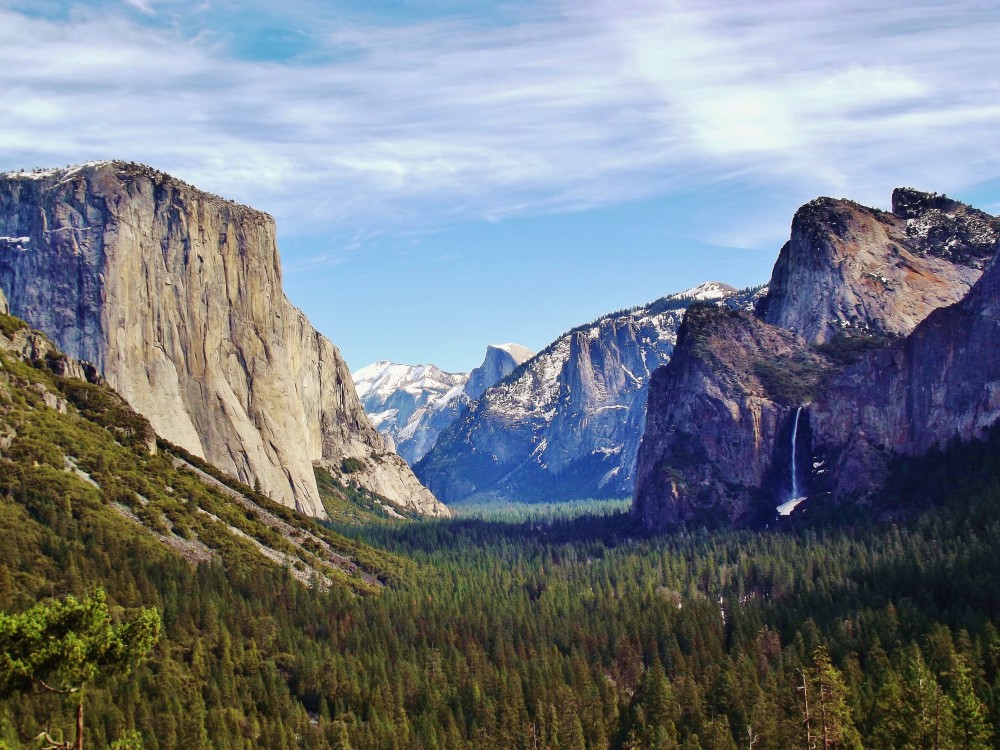Land is of central concern to the people of God. Indeed, the whole of the Hebrew scriptures would be nearly unintelligible were this theme removed. To inhabit a particular place and to identify with that place constitutes something of the basis of the Jewish way of life from which the Christian church emerged. Yet the role of place is also complicated within the narrative of the scriptures as individuals, at times, are asked to sacrifice their locatedness for mission or are disconnected from their home by exile.
Our perspectives on the idea of place, location, and geography have profoundly shifted since God spoke to Abraham of the promised land, or since Jesus shook the sand from an inhospitable town from his sandals. Deterritorialization, virtual worlds, cyberspace, air flight, and galactic exploration have changed how we see our world; and yet contested borders, walls and fences, private property and real estate bubbles, food scarcity, mobilization and technological advances, and the ceaseless contest for natural resources point to the fact that land remains of utmost importance. Moreover, current trends toward cultivating urban spaces, rebuilding devastated and dilapidated neighborhoods, and renewed commitments to location point to a rediscovery of the importance of place for human flourishing and wholeness.
In this our twenty-fourth issue of the journal, we seek to further explore and understand this deeply woven connection between our locations and our lives; between our land and our souls. Over the next several months we’ll be publishing essays, artwork, and creative writing aimed at pursuing this deeply primitive and intimate connection. From labor to finance, rural fields to skyscrapers, the mundane to the sophisticated, the highly technologized home to the farmhouse, the kitchen table to the shopping mall food court or the urban food desert, we are interested in the many and multifaceted ways that geography gives shape and content to our lives.
